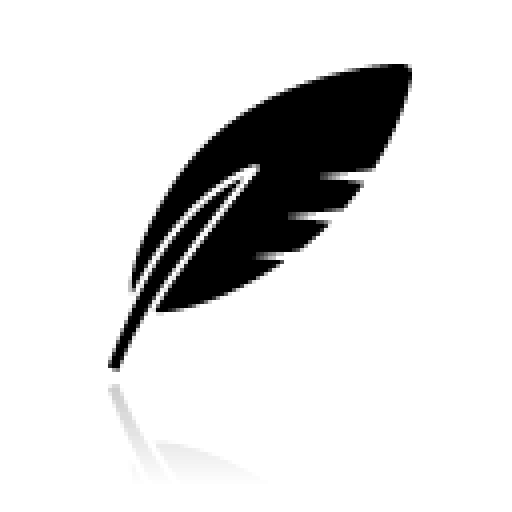The ‘creepy-crawlies’ in this session ranged from delightful bees and butterflies via spiders – terrifying to some – to predatory midges for whom no-one put in a good word.
Wordsworth enlists ‘The glow-worm’ to delight his Lucy. The same poet’s ‘To a butterfly’ is an excuse to evoke his innocent childhood. In contrast, Paul Durcan’s ekphrastic ‘The painter’s daughters chasing a butterfly’, a response to Gainsborough’s painting of that name, suggests that the two young girls are not all innocence. Robert Graves observes the expertly erratic flight of a cabbage white butterfly in ‘Flying crooked’. In another nature observation poem, John Clare’s ‘Clock o’clay’ is a rather shy ladybird.
“Two little bees sat on a wall – buzz, buzz and that’s all”. Our reader recalled reciting this on stage as a very young lad and then being ushered off before he could deliver another more substantial poem he’d prepared. The anonymous lyric to John Wilby’s madrigal ‘Sweet honey-sucking bees’ suggests that the bees would find the best nectar on a certain lady’s sweet lips. ‘So work the honey-bees’, a speech from Shakespeare’s Henry V, anthropomorphises the workings of a hive in order to draw a lesson for statecraft. In Brian Patten’s ‘The bee’s last journey to the rose’ the insect is stoical and accepting; but ‘The late wasp’ in Edwin Muir’s sort-of-sonnet is simply doomed.
The odd ways of New England spiders are observed in Robert Lowell’s ‘Mr Edwards and the spider‘, but the poem goes way beyond natural history. Our reader kindly provided much-needed exegesis, showing how the poem relates to the eponymous 18th century Boston preacher.
In Mary Howitt’s ‘The spider and the fly’ the cautious fly is nevertheless undone by flattery. ‘The fly’ in Miroslav Holub’s poem dies a more sudden death, surrounded by epic human destruction.
‘The long-legged fly’ by WB Yeats’ also has a rather epic theme of the genesis of human achievements. In bathetic contrast are the squashed fly in Ken Gambles’ ‘Train of thought’ and the ‘Fly on a windshield’ in the Genesis song lyric.
John Donne’s ‘The flea’ enjoys what the poet is denied. “Great fleas have little fleas….” according to Augustus de Morgan, after Jonathan Swift.
Caterpillars and gnats are among the insects examined by the anatomist in an extract from Mark Akenside’s ‘The virtuoso, in imitation of Spenser’s style and stanza’.
We enjoyed a performance of the Christy Moore song ‘The reel in the flickering light’ featuring the seductive dancing of a Daddy-long-legs at a fantastic ceilidh. This brought to mind Burl Ives’ song ‘The ugly bug ball’ and the 1973 book ‘The butterfly ball and the grasshopper’s feast’ with verse by William Plomer and illustrations by Alan Aldridge.
We had a number of amusing Issa haikus on fireflies, butterflies, lice and fleas.
Leonora Speyer’s ‘The locust’ is haiku-like, in its focus on a bright moment, while Robert Morgan ‘Locusts’ informs us about their fascinating life-cycle and their choral capabilities.
Robert Burns in ‘To a louse’ marvels at the cheek of the beast, in a feast of dialect.
The cheese mites in ‘A parable’ by Arthur Conan Doyle debate the origin of their universe.
We had the first few verses of DH Lawrence’s ‘The mosquito’, with its “hateful little trump” silenced at last between the poet’s fingers.
Edwin Morgan’s ghastly ‘Midge’ incites its fellow swarm of “ladies” to take full advantage of rolled-up sleeves, flapping shorts and a kilt. We all shuddered at the thought.
Much more pleasant, and indeed one of my favourite poetic images, is the “bee-loud glade” in WB Yeats’ ‘The lake isle of Innisfree’ which ended our evening of entomology.

Wow. I hadn’t realised we had heard so many poems. Great variety as usual and copiously kept records too. Thanks Chris.